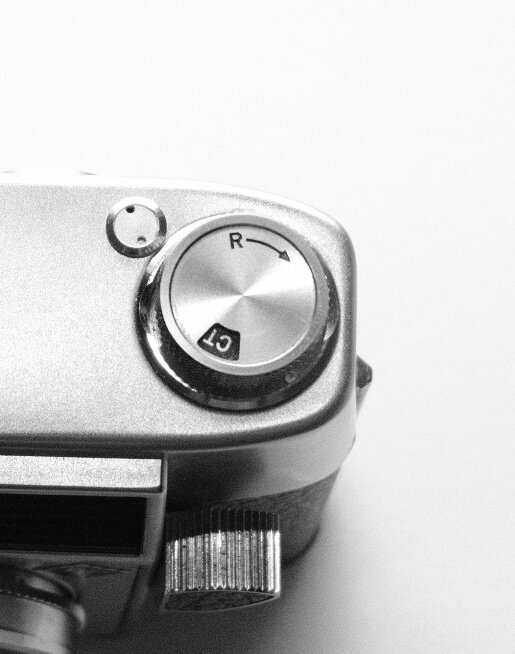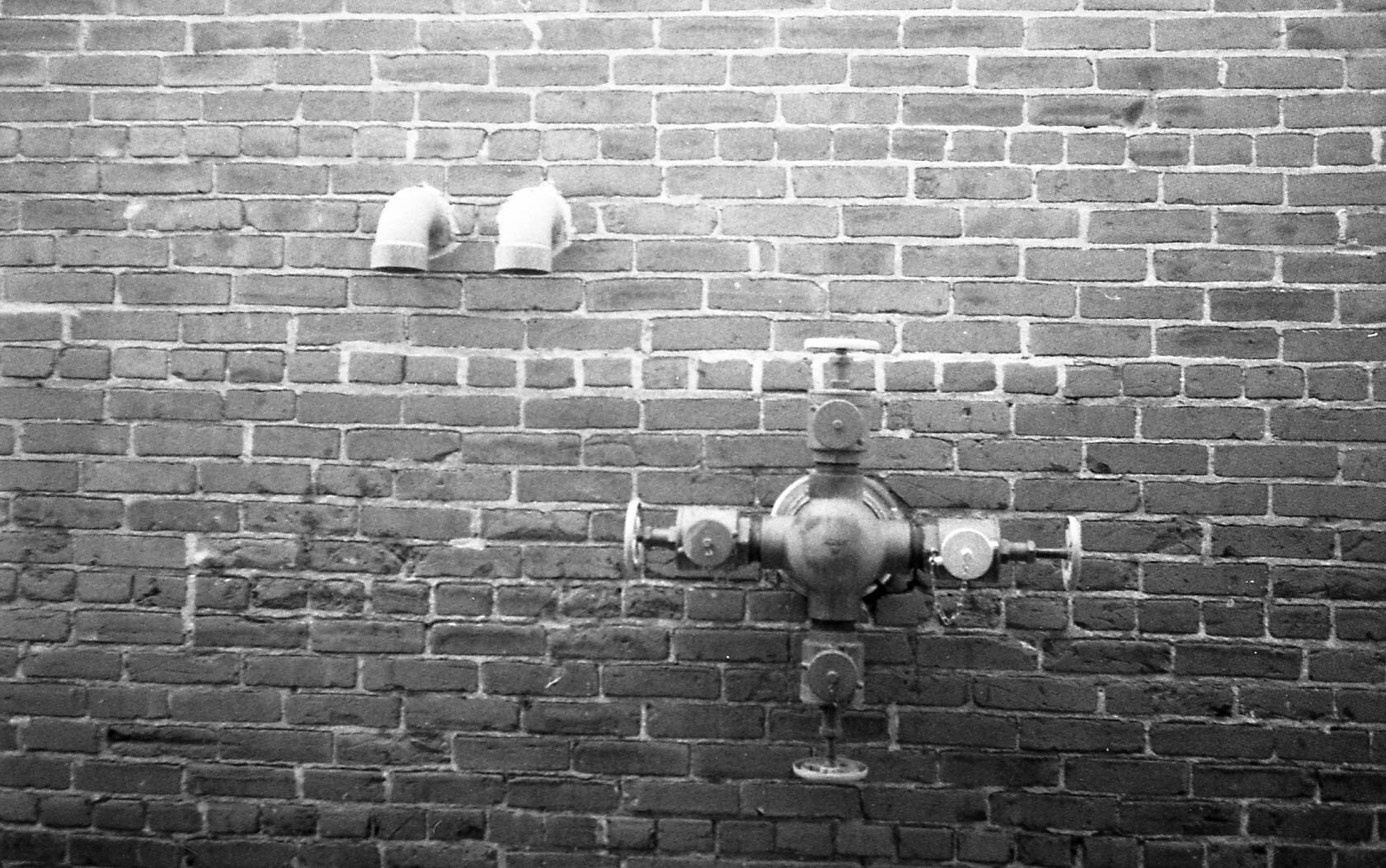Behold, the AGFA Optima. Hecho en Germany in 1959, this camera was the first auto-exposure 35mm camera available and along with it’s brethren like the Kodak Auto 35 and the Braun Paxette it ushered in a new era in photography. It was (and still is) pretty damn impressive. It was a completely manual camera that utilized a selenium light meter to mechanically control the shutter speed and aperture. This one was a gift from one of the parents of my cub scouts. I am always happy to take a camera out for a spin, and this was no different. Loaded with Kentmere 400, I spent two days taking photos with this beast, and I have to admit I’m pleasantly surprised.

The Technical Bits
In 1959, there were a bazillion cameras and a bazillion manufacturers. It was a heyday for folks wanting to try out the newest technology. Mere mortals couldn’t afford the Leica M3, and a lot were probably getting tired of lugging multiple lenses around on vacation. Enter the automatic Camera. I can’t really describe in good terms how it works, but let me try to bullshite you a bit. It uses a selenium meter to actuate a spring-loaded mechanism that, based on electrical resistance to the charge sent from the light meter, mechanically sets the aperture and shutter speed. How did I do ?

The Automatic/Manual dial is used to set the mode the camera will shoot in. In the picture above, it’s the small wheel in the lower-left corner with the “A”. Directly above it is a silver circular door, very tiny, that opens mechanically when you rotate the wheel to “M” mode. Very Indiana Jones.

The next neat feature of this camera is the Exposure lever. It’s not the shutter release, as I mistakenly thought. No, the shutter release is in the correct place but this special lever is depressed when you’re ready to take a picture. This triggers the camera to set the aperture and shutter speed based off an exposure reading based off the selenium meter. By pressing this lever, the shutter release is unlocked and a picture can be made. It’s relatively accurate, even at 60 years old, but it has a lot of help from film with a high latitude.

Another interesting feature is the frame counter. It’s located at the bottom on the back of the camera. In practice, I wish more film cameras did this because it’s damn convenient. Most of us are staring at the back of the camera anyway. The way to actuate it is to wind it to the number of exposures you have on your roll, and then it counts down to zero as you advance the film. Again, a really great feature for an old film camera.

The film rewind knob is recessed into the body. In this picture, I’ve released it so it pops up to rewind the film. It serves a secondary purpose, and that is as a Film Type reminder. Us film junkies end up forgetting if we’ve put color, black and white, slide, expired etc., film in our cameras regularly. This little dial lets us set it so we know what’s in the camera. CT – which is currently where it’s set until I figure out how to change it – means Color Transparency (slide film). The outside of this dial is knurled so it can grip and shred your thumb skin while you rewind the film.

If you have any skin remaining on your fingers after rewinding the film (or setting the film type) you can remove it by setting your film speed with the dial above. It also has teeth, but comes with an additional release switch that requires you to use both hands to set the film speed.

Oh look, it’s a couple, a family, and some mountains! Yes, this camera does zone focus. 3-5 feet, 5-15 feet, and 15 feet to Infinity. It’s actually pretty handy because the camera focus is in “stops”. Each zone is a click , so simply knowing where you are — rotate all the way to the left for infinity, or all the way to the right for closeups — means you rarely are out of focus for a shot.
The camera does come with a manual mode, but I haven’t quiet figured out how to use it. From what I’ve gathered by tinkering with it, you can adjust aperture and film speed, but you are still at the mercy of the mechanical magic for shutter speed. This sounds like a reason to do more experimentation.
Overall, it was an interesting camera to play with, but the heavy spring-loaded exposure lever meant I had to be perfectly still for a lot of the shots, and after a round with the camera I learned to pre-press the exposure lever before I really composed my shot. Below are a few of the shots I took to get an idea of how the camera really works. I’m considering loading a roll of color film in it when the rain stops so I can do some more tinkering. It’s really a miracle this camera works since it sat so long unused, but it’s also not surprising either. These old mechanical cameras will be around long after the digital cameras have been tossed.





Tri-X Trifecta – Aragon's Eye
[…] this end, I have three cameras I’m thinking about using: Afga Optima, Kodak Retinette IA, or the Minolta Himatic AF2. All three are great user cameras that I can take […]